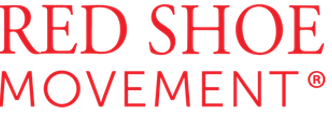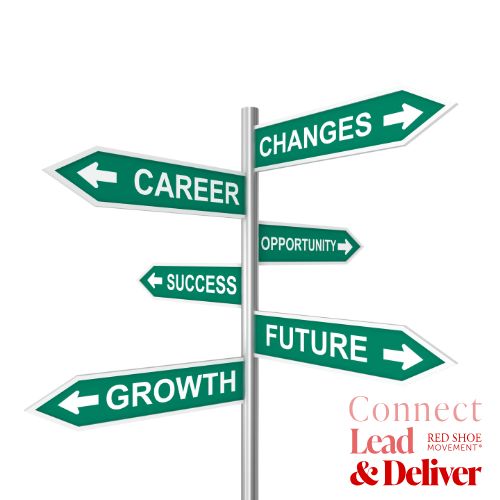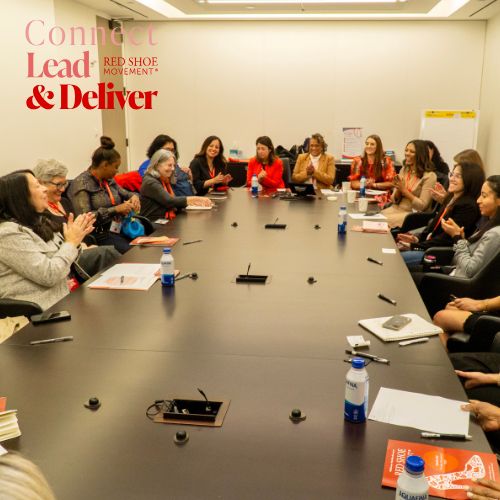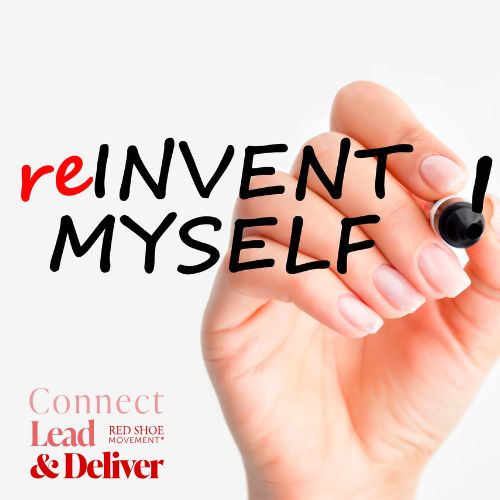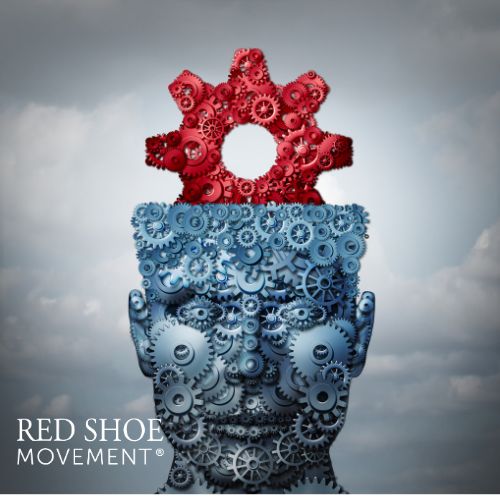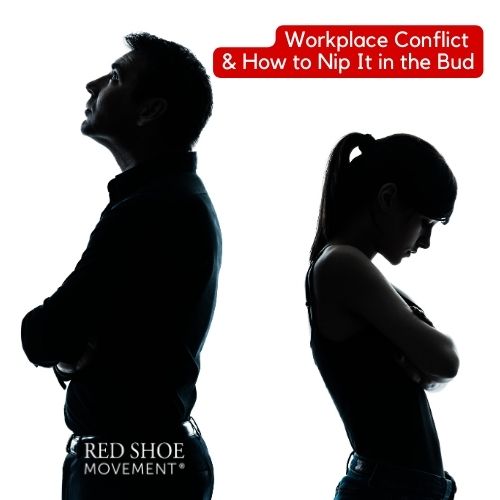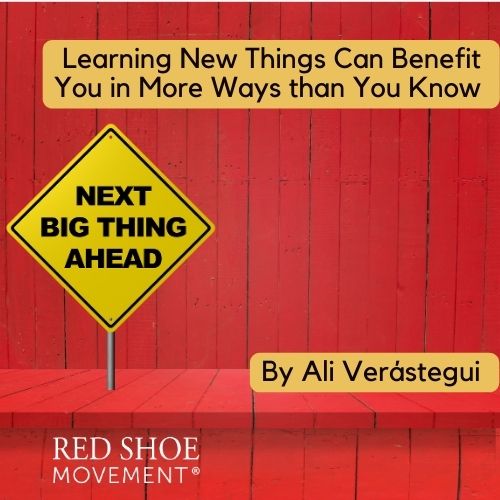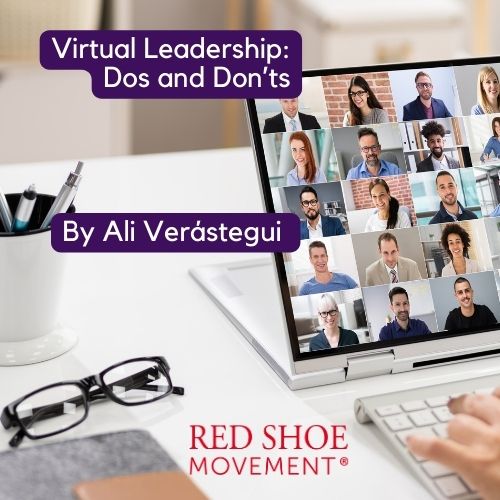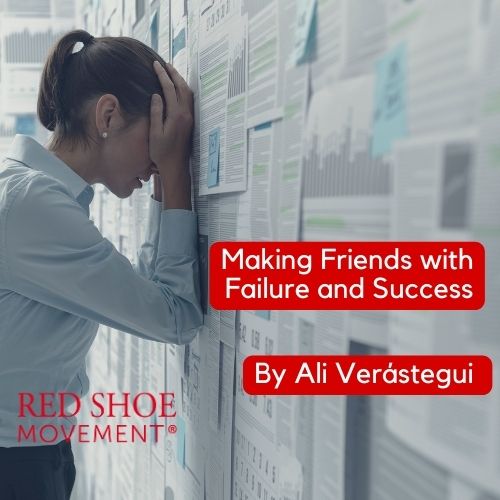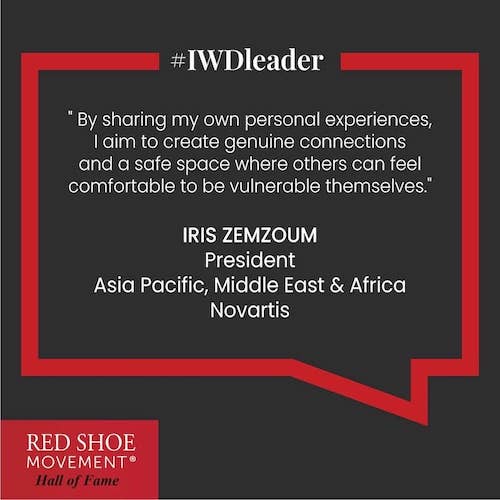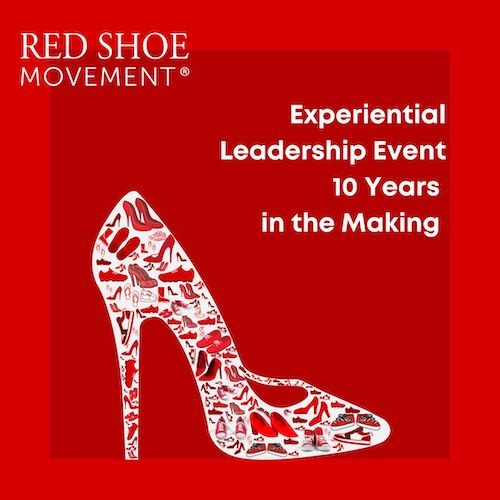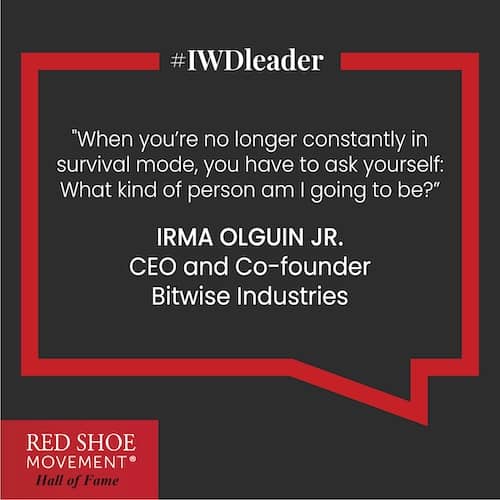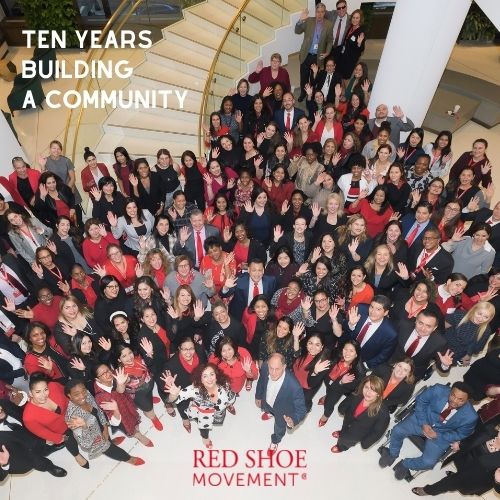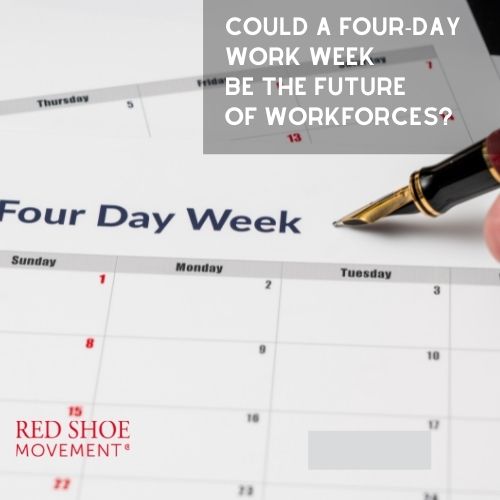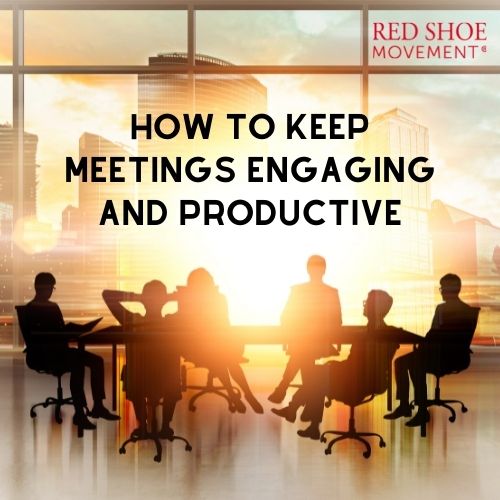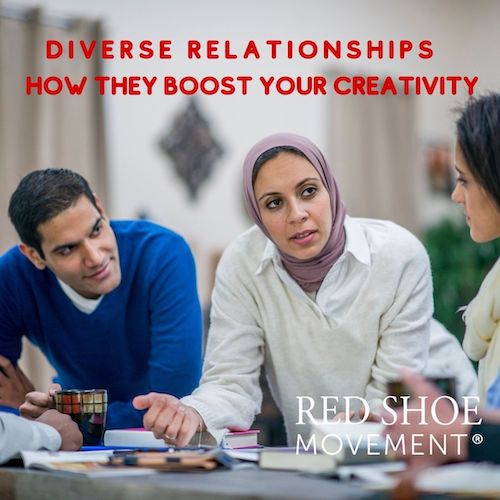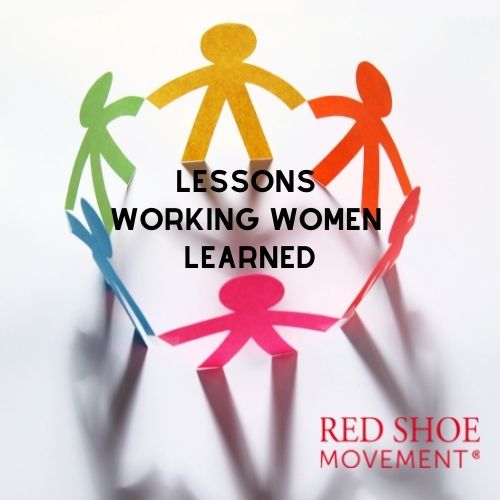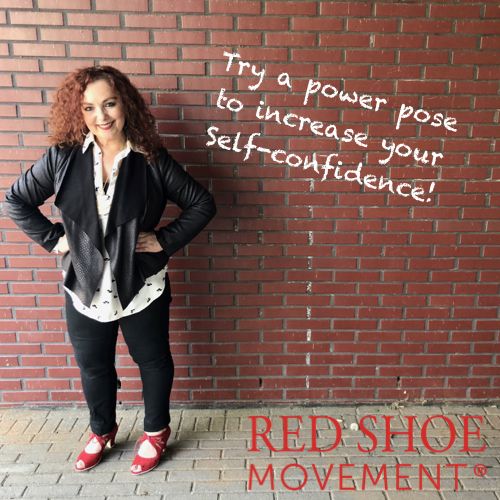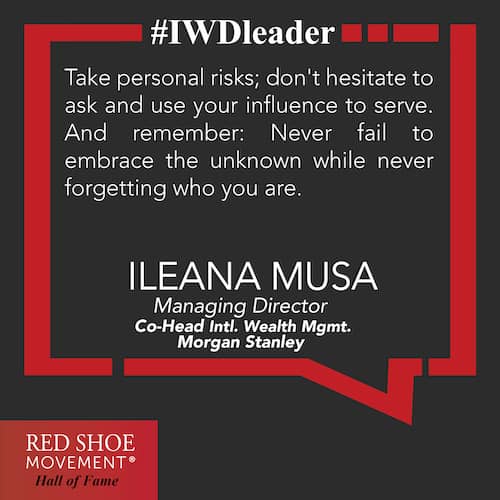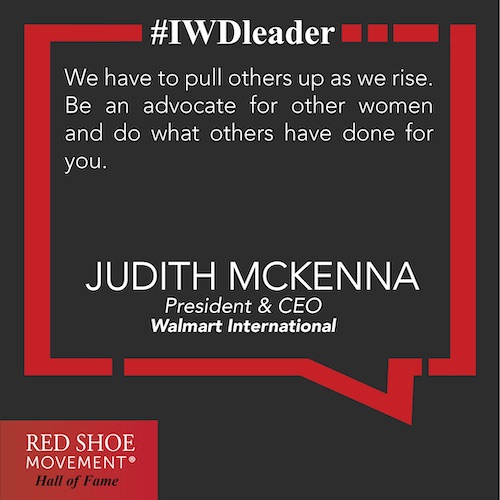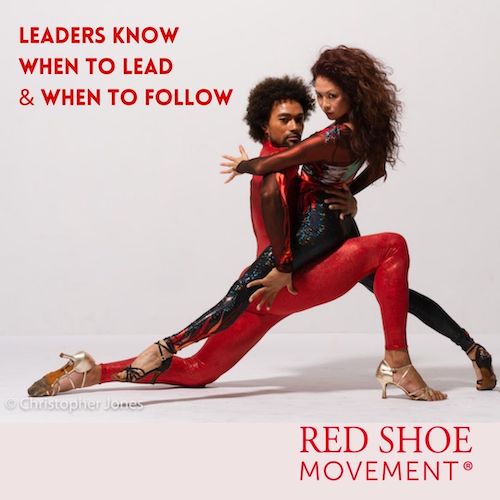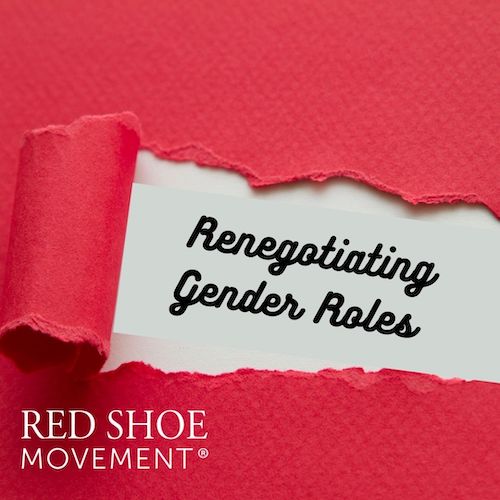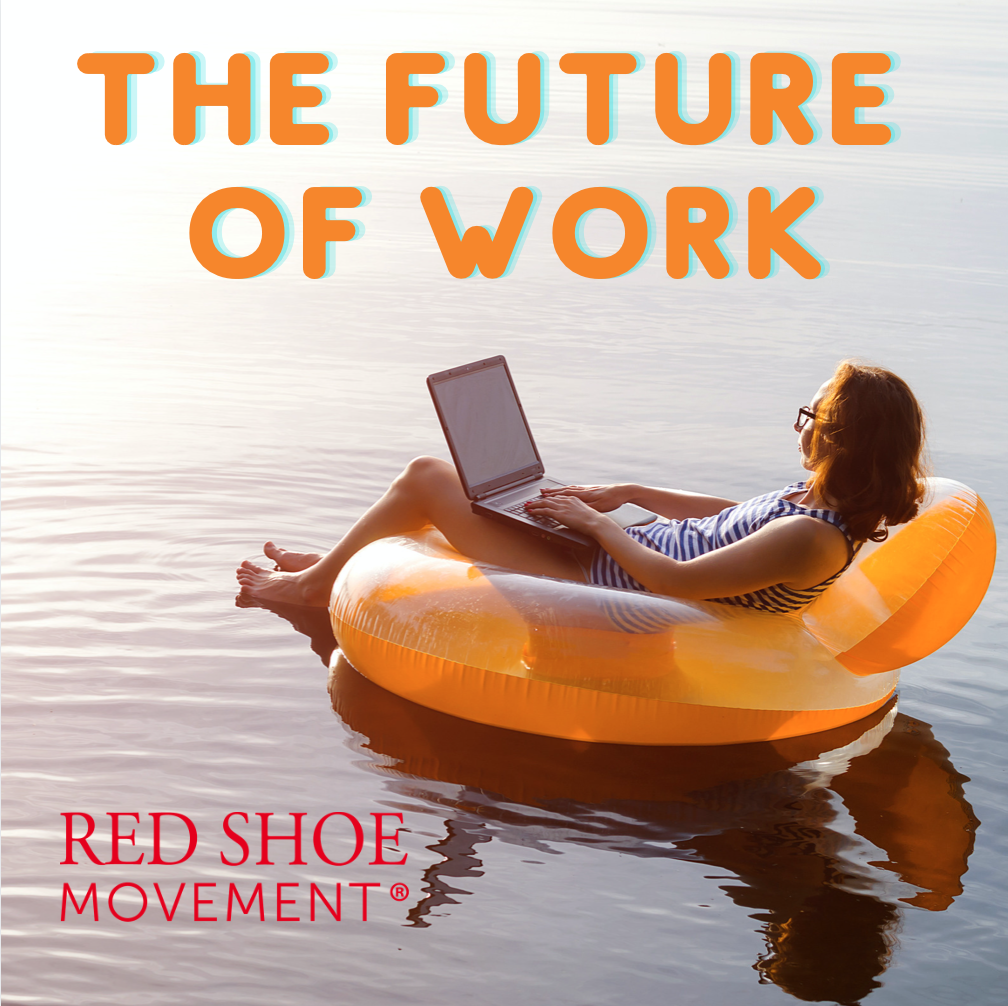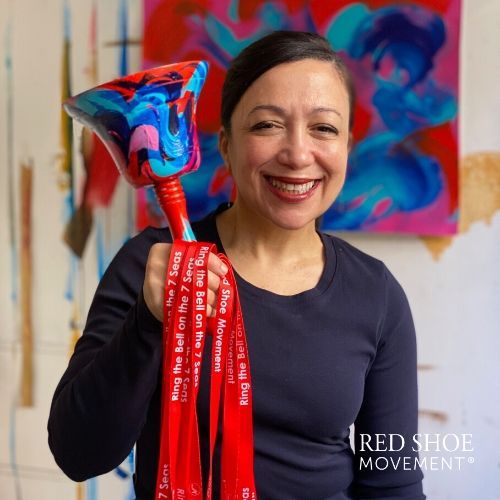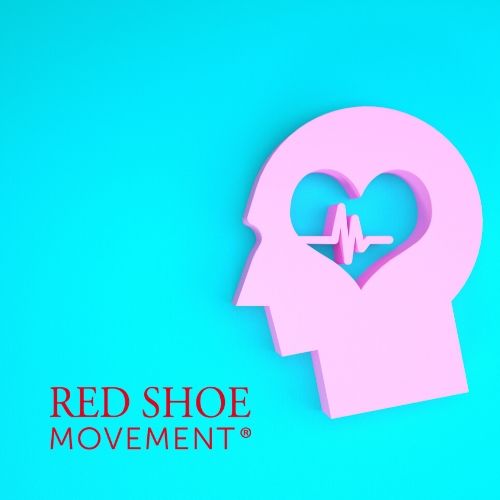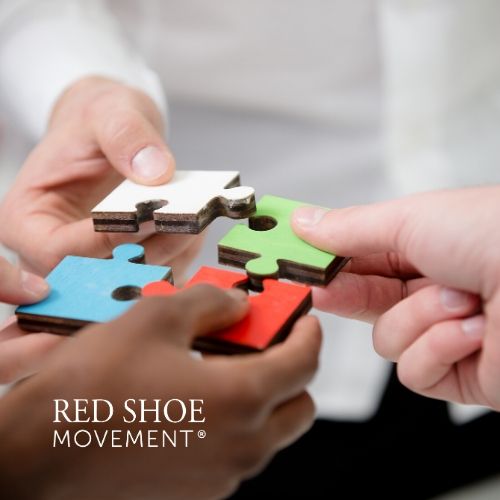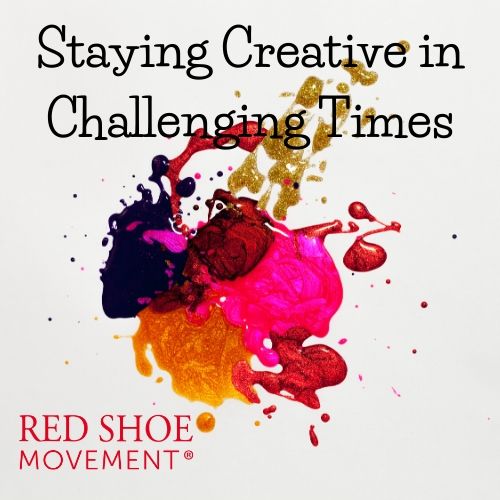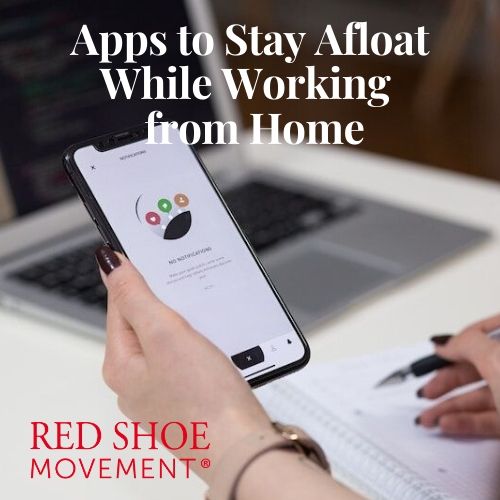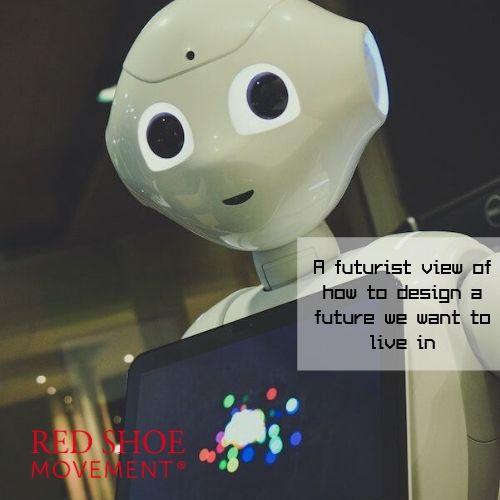When most people hear the word innovation, they think of tech companies, research teams, or executives with big budgets. But innovation happens in everyday problem-solving, in how teams adapt processes, and in the small improvements that add up to big impact. It’s a mindset. And it’s one of the most valuable contributions you can make, no matter your role.
Innovation isn’t limited to groundbreaking products. It can be the result of improving efficiency, enhancing customer experience, or finding creative solutions to recurring challenges. As a matter of fact, most innovations are tweaks of old products or ideas. A great way to start innovating right away is to ask: Where is time wasted? Where are customers or employees or suppliers frustrated? Small changes can have massive impact. And actually, this should help you think in terms of innovation at work: what small changes or adaptations can you make in daily processes, or to one of your company’s products or services. When you let go of the old idea that the only way to innovate is to create something new from scratch, you start seeing ways in which you can practice your innovative gene at every turn, regardless of your role or budget.
As a matter of fact, limited resources often what spark the best ideas. (And the reason why many innovations come from developing economies that have much less resources.) Instead of seeing budget or time restrictions as barriers, view them as challenges to think differently.
Share Ideas and Document them
Don’t keep your ideas to yourself. Innovation thrives when people speak up and put suggestions on the table. If you’re hesitant, start small: “I noticed X—what if we tried Y?” Even if the idea isn’t perfect, it signals initiative and opens the door for collaboration. Remember that the best breakthroughs often come when different perspectives intersect so, seek out colleagues in other departments and ask how they approach similar challenges.
Then, make sure to document your innovations and share the results clarifying what you did and what you helped improve. Did you streamline a process that saved the team hours? Share the metrics. Did a new communication style reduce confusion? Let leadership know. By capturing and sharing outcomes, you not only boost your visibility but also build a culture where innovation is recognized and celebrated.

Build an Innovative Mindset
Cultivating curiosity is key. Ask why things are done the way they are. Question assumptions. Stay open to new tools, ideas, and methods. Most importantly, don’t fear failure. Many ideas won’t land, but each one will likely spark others and, in the end, the process fosters creativity. The more you and your colleagues exercise the innovation muscle, the stronger it becomes. And because true innovators lift others with them, make sure to validate and amplify the ideas your colleagues share. If you’re in a leadership position, create safe spaces for experimentation and avoid penalizing failure. The worst thing you can do is make people reluctant to share new, disruptive ideas for fear of being penalized. So, recognize attempts, not just outcomes.
Clearly, not every organization embraces innovation equally. If you feel pushback, start by aligning your ideas with company goals: “This process change will help us reach our quarterly targets faster.” Tie creativity to measurable outcomes so it becomes harder to ignore. And if your environment truly resists, remember that innovation is also a career advantage. Demonstrating initiative positions you for growth, whether inside your current company or beyond.
Remember
Innovation doesn’t belong to a select few. It belongs to everyone willing to see problems as opportunities and speak up with solutions. No matter your title or department, you can contribute to meaningful change. By taking small, consistent steps to improve processes, share ideas, and collaborate across boundaries, you’re not just doing your job—you’re shaping the future of your organization.
If you want to master this and other power skills, sign up today for our Step Up program. We are here to help you move to the next level in your career.
